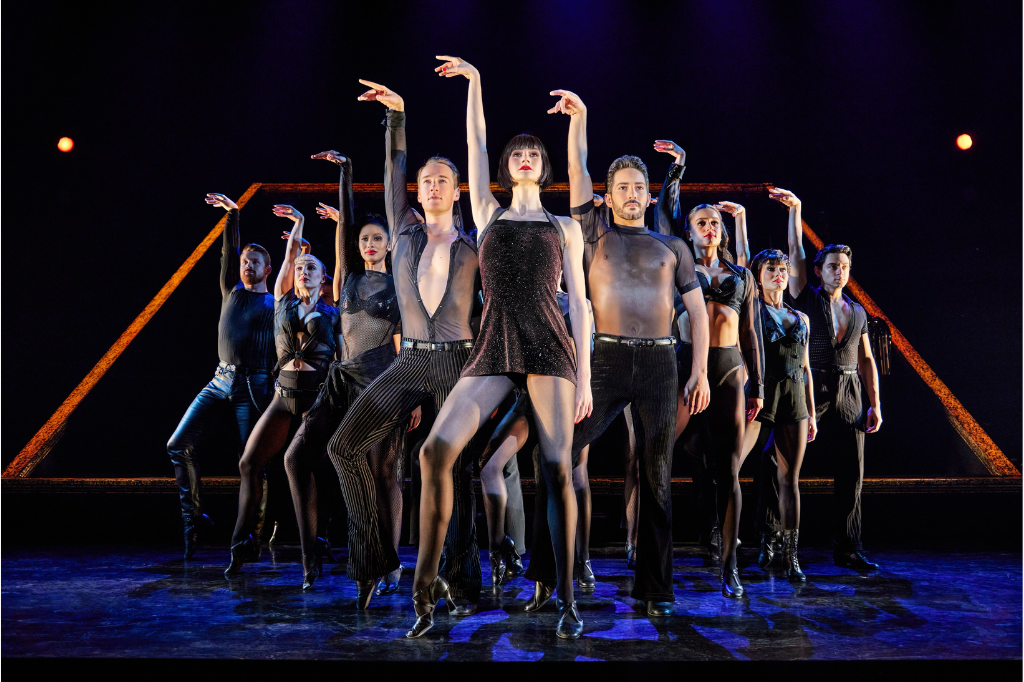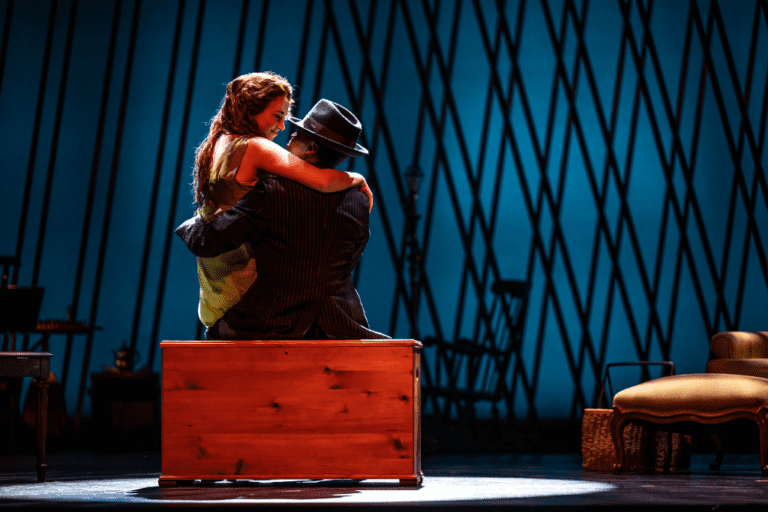I’m not a woman, I just play one
My life growing up was a lot of playing pretend, and not just because I’ve been doing theatre since the age of four. For most of my life, I also pretended to be a girl.
I should have known when I always asked for the “boy’s toy” at the McDonald’s drive-thru, or when all my gal pals disowned me for “changing” when I started dressing like a boy in the fifth grade. I only played traditionally male roles in my community theatre productions for years, which never felt wrong to me — quite the opposite, in fact. Although I started realizing my queerness the summer before grade eight, it wasn’t until my first year at Pace University in New York City that I met a real-life non-binary person and something clicked. I had no idea that being non-binary was even allowed, but it immediately resonated with me, and a few years later I was a full-fledged they/them.
Coming into my newfound gender identity wasn’t easy. I was met with a lot of “this is just a phase,” still being seen as a woman despite my masculine haircut and personal style. Above all else, it took a very long time for me to fully accept who I am, as there were many obstacles I had to face; dealing with gender dysphoria (still), the holding onto “she” as part of my pronouns for longer than I wished, and the constant feeling of guilt for making my family deal with my transition.
As I embarked on my gender journey, it was very apparent that there are startlingly few roles for people like me in the theatre industry. Some theatres and university productions are more progressive when it comes to gender-bent casting, however casting of that nature is scarcely seen in other areas of the performance industry unless the character is explicitly written as non-binary or gender non-conforming. I mean, let’s be honest: There isn’t even a category for us in any awards show that highlights actors.

Performance of any kind has always been gendered, though, and I still see traditional gender roles being enforced everywhere I turn. Especially when I’m going to an audition, and I have no idea whether I’d like to be “female-identifying” or “male-identifying,” which is not just a fancy way of saying “show up how you want to.” I still feel the omnipotent pressure to wear heels instead of flats because I know I’ll be looked at for the female-identifying roles regardless of my gender identity.
Don’t get me wrong: I love playing traditionally female roles. I feel very connected to my feminine side, having pretended all those years. But that isn’t what I want to do for my entire career. There is a much broader spectrum of characters I want to play throughout my life, roles not limited by gender on either side of the actor/character divide.
Speaking of which, my first big job post graduation from Pace happened to be a female-identifying role. I had the honour and the privilege of playing Velma Kelly on the Broadway National Tour of Chicago from October 2023 until the end of May 2024, and it turned out to be one of the best experiences of my life. I got to travel the U.S. and even make a stop in my birthplace of Toronto, which was one of the most rewarding moments of the tour.
Playing such an iconic role as Velma as my first big boy job came with its wonders as well as its challenges. I was often misgendered in reviews, and I was even misgendered by fellow cast members up until the end of the eight months we had known each other. Maybe that’s because they saw me playing a woman every night; there were times even I felt so deeply intertwined with Velma that it was difficult for me to see my true self when I looked in the mirror. I would joke about it all the time, saying “it’s time to get out of drag,” but it was true. Velma felt very much like a drag persona to me, and I had to learn how to keep us separate so I wouldn’t lose myself. The makeup, the dresses, the wig, having to shave my armpits, the red nail polish; all those factors contributed to how I began to question my gender identity while I was on the road with Chicago.
I loved playing Velma, and many of my dream roles are traditionally played by women, characters like Cassie in A Chorus Line, Persephone in Hadestown, and Sally Bowles in Cabaret, to name a few. But beyond such roles, there is so much more that I can do and want to do as a non-binary person in theatre.
It can be scary and confusing to be an enby in an industry where your gender can determine whether or not you’ll be cast in a show. There’s a part of me that often thinks about the fact that I can be commodified as a non-binary person, and that my gender is a bonus point for casting. That sure doesn’t help with the impostor syndrome, I’ll tell you that. I constantly question whether or not I’m talented enough to book a job without the they/them pronouns plastered at the top of my resumé. Deep down, I know my talent can speak for itself, but I don’t think the mentality of being a box to check will ever be completely gone from my mind.
As a performer, my job is to play a character, and if that character is right for me it doesn’t matter what gender they are. What matters is that I can make a difference in someone’s life who can relate to the character or to me as the actor. Over the course of my time with Chicago, I was met at stage doors in multiple cities with non-binary fans who told me that it gave them hope to see another enby performing in a role that had nothing to do with my gender identity. Their accolades filled me with overwhelming love for who I am and what I do, and I take pride in being my authentic self so that other young enbys can see someone like them up on that stage.










Comments